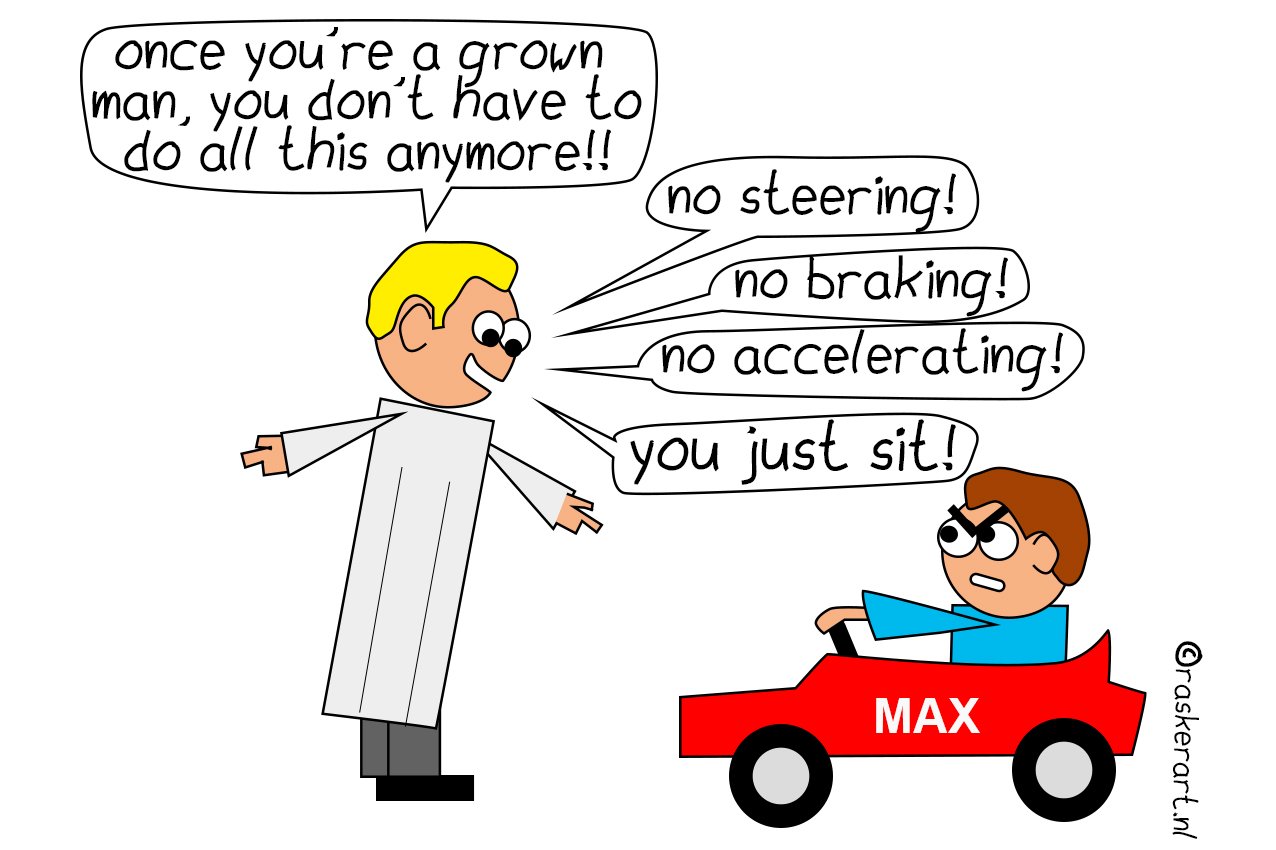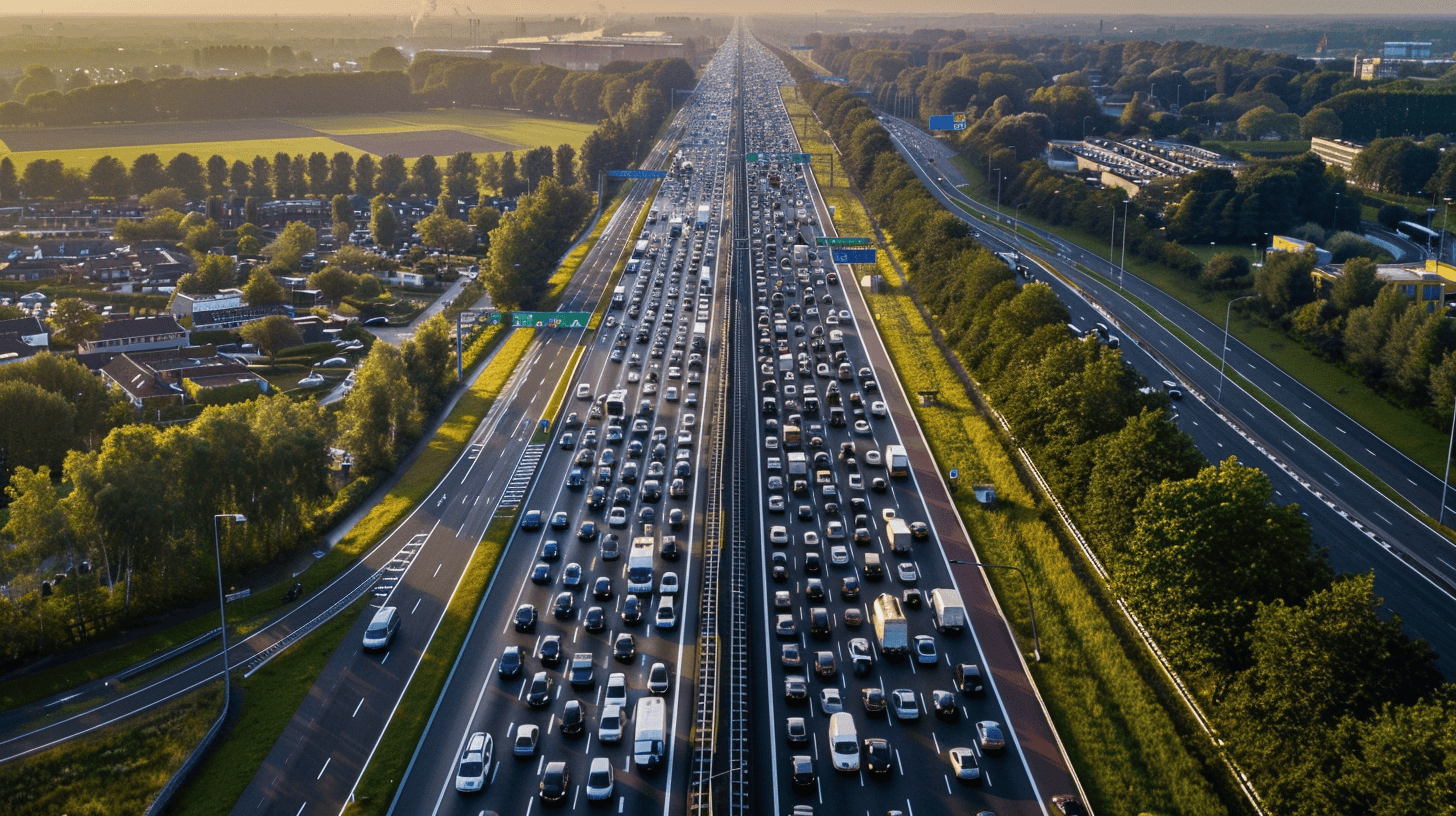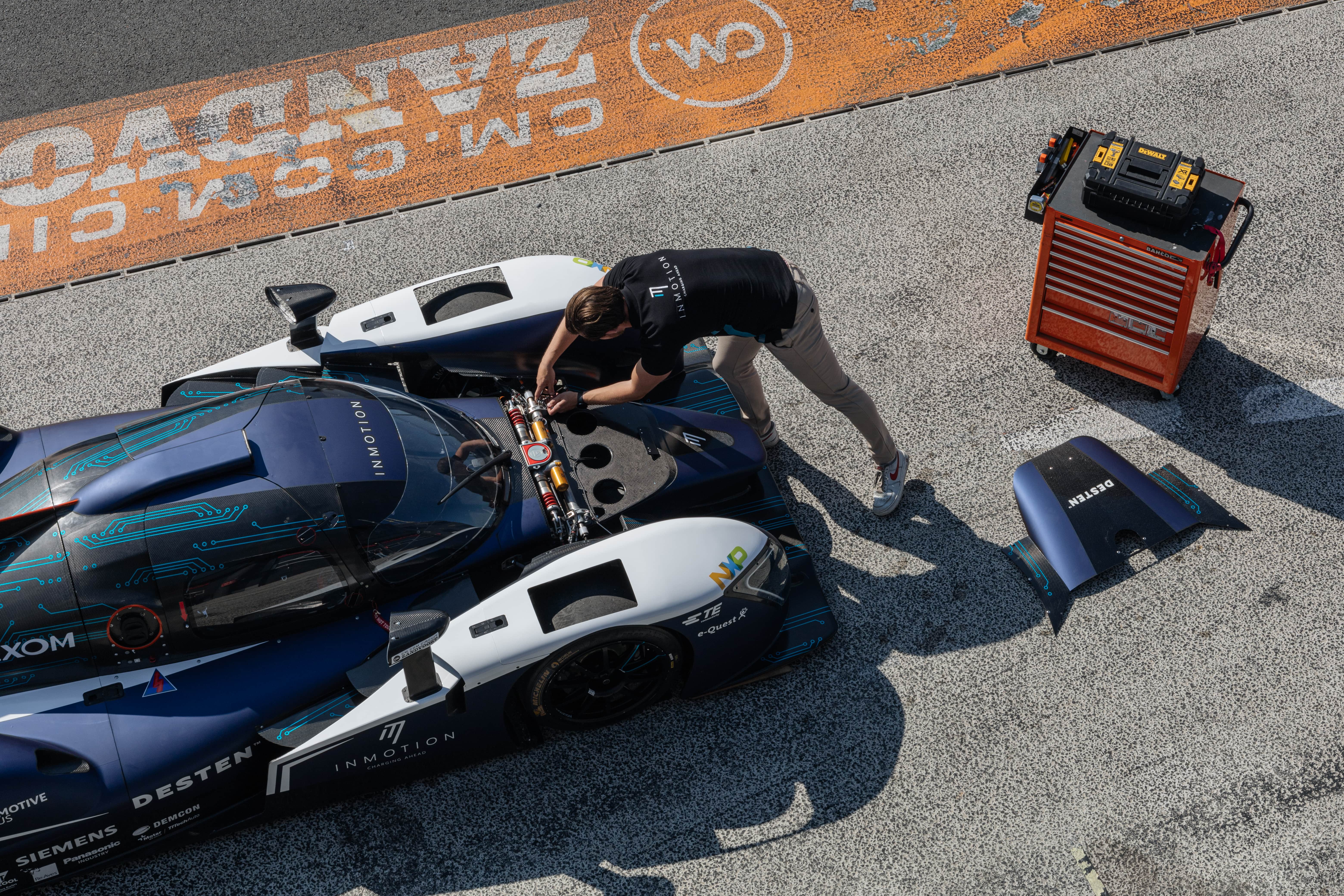
Smart traffic lights that monitor the air quality and noise levels on roads. Vienna will install 200 of these devices at the end of this year. The poles are connected to the internet so they take into account the actual situation on roads. And pedestrians will not have to wait as long for a green light to cross. These new poles ‘know’ when they want to cross.
The Netherlands is not lagging behind in this either. The same system as in Vienna – whereby cameras at traffic lights detect cyclists and pedestrians – will be tested in the 5G field lab at the Automotive Campus in Helmond. If all goes according to plan, the pilot will start early next year. According to Edwin Bussem, business developer mobility at KPN (a major Dutch telecom company), this kind of system could be a stepping stone to fully autonomous cars. “In the Netherlands, there are plenty of pedestrians or cyclists who decide to try their luck when the lights are still red. A self-driving car that approaches is ‘thinking’ green, so it doesn’t expect these kinds of cyclists who run stoplights.”
More about the Automotive Campus here
In the pilot, footage of traffic lights is translated into data and sent to cars so that they can react in time to what a cyclist intends to do. “The images are converted into an alarm signal. This then warns the car if a cyclist or pedestrian is going to ignore a red light. The system estimates someone’s behavior and whether or not they are likely to stop. It predicts this 1 second in advance. This signal reaches the car that needs to respond within a few milliseconds via 5G. If this system works well, it will contribute to the advancement of self-driving features in cars. During these tests, we want to find out how this works and what can be done to improve it,” Bussem explains.
Greater safety and an improved traffic flow
According to Bussem, 5G connectivity can improve traffic flow and road safety. “The average person has a reaction time of 800 milliseconds. That is also why the government advises that you should keep at least 2 seconds away from the person in front of you. With 5G connectivity, the delay drops down to 10 milliseconds,” Bussem says. So if someone on the highway suddenly has to brake, the person behind them gets a signal within a few milliseconds about this emergency stop. Bussem: “This allows the car to brake in a controlled way. That in turn has consequences for the cars behind them. They may not have to brake at all. You can solve the harmonica effect this way,” Bussem goes on to say.
Trial with connecting five cars first
But things have not got this far yet. After all, not every car is equipped with 5G equipment, and the network does not have that coverage yet either. “As a telecom provider, we can say that 5G improves safety levels and traffic flow. But this is where we can test how it works in practice and learn from this for the future. By already figuring out what it will take to fully connect five cars, we can also make an estimate of what that could look like for five million cars. Collaboration with the road authorities, governments, and automotive parties are extremely important in this respect.”
As it is, numerous features for self-driving cars have already been introduced. “First cruise control and now you have adaptive cruise control. This will always be a step-by-step process. For instance, we also tested remote-controlled trucks in a European pilot. These trucks are in principle self-driving, but a driver seated somewhere else can intervene if something goes wrong. A driver can use an extensive camera system to watch everything as if they are actually sitting in the driver’s seat. These are all intermediate steps. A car without a steering wheel and a pedal won’t happen any time soon.”
Communication works both ways
Within the Talking Traffic project, the government and the business community are working together to enable all these traffic lights, road authorities, and road users to communicate with each other. For example, emergency services are given priority over regular traffic. Or motorists are given alternative routes via apps if there is congestion on the road. In order to make all this communication possible, road managers are replacing traffic control systems (TRIs in Dutch) with intelligent TRIs – the iVRI.
These new control units can not only transmit, but also receive data. This results in a huge mountain of data. Menno Malta of Monotch has developed a sub-platform in order to share all this data quickly and safely,.”We developed a product for this purpose where the real-time data from all kinds of sensors is received along the way from the roadside. Among other things, this enables you to give ambulances priority at traffic lights and at the same time warn other drivers to make room,” Malta states.
Giving priority to cyclists via weather data
Malta claims that this means that traffic can be regulated more dynamically thanks to this communication. “Traffic is basically ‘fixed’; for example, you get a green signal to keep to a certain speed. But because we can also take into account the traffic congestion on the road or other things, that speed can vary. Or you can give priority to a bus that is behind schedule so that it can make up for lost time,” Malta says.
This offers opportunities for smarter traffic management, Malta adds. E.g. giving way to cyclists using up-to-date weather data or warning motorists if a bunch of cyclists is passing by. But it also helps prevent accidents. “How useful would it be if cars were warned in advance if an accident has occurred somewhere? It would be safest whenever the yellow A&E truck puts up its warning sign that a warning signal is also sent out. At the moment, you still see that things go wrong all too often.”








